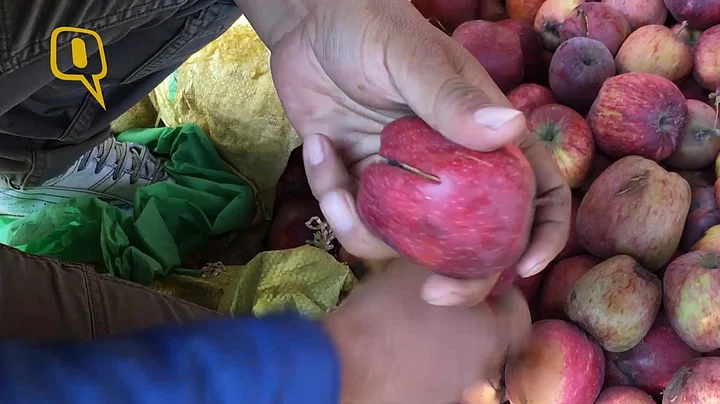Time and again, we have been reminded that climate change needs to be addressed because of increasing natural calamities, water scarcity, rising sea levels, destructive storms, and declining biodiversity.
While these aspects threaten the health and well-being of our planet, they also pose a serious threat to the global economy at large.
Winter Chill Important for Increased Crop Output
Increased temperatures and heat waves have an impact on productivity levels at work. Floods, cyclones, and hurricanes not only leave millions of people homeless but also severely harm the economy.
Infrastructure and capital assets like homes, schools, roads, dams, etc. sustain significant losses. Because of the destruction of trees and decreased soil fertility brought on by natural disasters and climate change, the agricultural sector has been severely impacted.
Unseasonal rains in 2022 in Maharashtra and Madhya Pradesh were responsible for damaging the kharif crops.
Farmers said that soybean has rotten while cotton crop is completely damaged in the region. Lack of winter chill is another sign of climate change and reduced economic stability.
Winter chill is a period of cold temperature that is critical for the growth of fruit and nut trees.
These trees require this temperature to remain dormant before they can bloom in spring.
This period of dormancy helps ensure that the plant does not flower during a warm spell in the middle of winter.
Lack of winter chill can cause bloom to be delayed and protracted, which lowers crop output. Farmers may experience production issues as a result of expensive harvests and an increased danger of pest damage to their crops when there isn't enough winter chill.
Renewable Energy-Based Economy Key to Industry Revitalisation
In India in the month of November, the average maximum, minimum, and mean temperatures were 0.34°C, 0.29°C, and 0.31°C each, higher than normal. With an average maximum temperature of 29.06°c, November in north-eastern India was the warmest month since 1901.
We need to support a model that thrives on sustainability to maintain sound health and well-being, spur economic growth, and address the lack of winter chill as well as the other effects of climate change on seasons.
All of us must actively work to transition to a decarbonized, renewable energy-based economy. Not only will this increase energy efficiency, enhance air quality, and aid in the fight against climate change, but it will also support industry revitalisation and job development.
With the rampant increase in population which has led to a steep increase in demand for natural resources, we also need to reflect on our way of living and the urban environment we’re all a part of.
We must encourage sustainable cities that employ technology effectively and sustainably in order to lower energy consumption, reduce CO2 emissions, and improve the well-being of people.
Agroforestry Could Increase Agricultural Productivity
A switch to more sustainable afforestation techniques and discouraging practices that lead to land degradation and soil erosion is also required today. To improve the agricultural output as well as the overall environment of an area, trees are extremely important.
Agriculture in arid and semiarid areas is becoming unprofitable due to the loss of agricultural land and the absence of irrigation infrastructure. A viable solution to these issues is agroforestry.
Incorporating the cultivation of trees in agriculture will be a source of organic matter, shade, and a soil binder to stop soil erosion.
In India, it is rather typical to plant tall-growing trees atop field bunds to form shelterbelts. The foliage and twigs from these trees can be used as green fertilizer, firewood, and fodder in addition to being collected for their poles.
Agroforestry will increase agricultural productivity and provide a second source of revenue.
In addition to all of this, we must keep in mind that a shift to a circular economy is urgently needed. It is one of the best models for reducing waste and switching to recycling, paving the path for a more eco- friendly future and sustainable economic growth.
Policies that promote more efficient and circular material use could boost the world economy and lessen waste and pollution.
It is not too late to turn around climate change and reduce its ghastly effects. We have seen what conscious living and sustainable choices can accomplish for the environment and the entire human race. Let's put sustainability at the forefront of everything to stop climate change from affecting various aspects of our lives.
(Bikrant Tiwary is the first CEO of Grow-Trees.com and the former National Head of GiveIndia, the largest philanthropic online platform. This is an opinion piece and the views expressed above are the author’s own. The Quint neither endorses nor is responsible for the same.)
